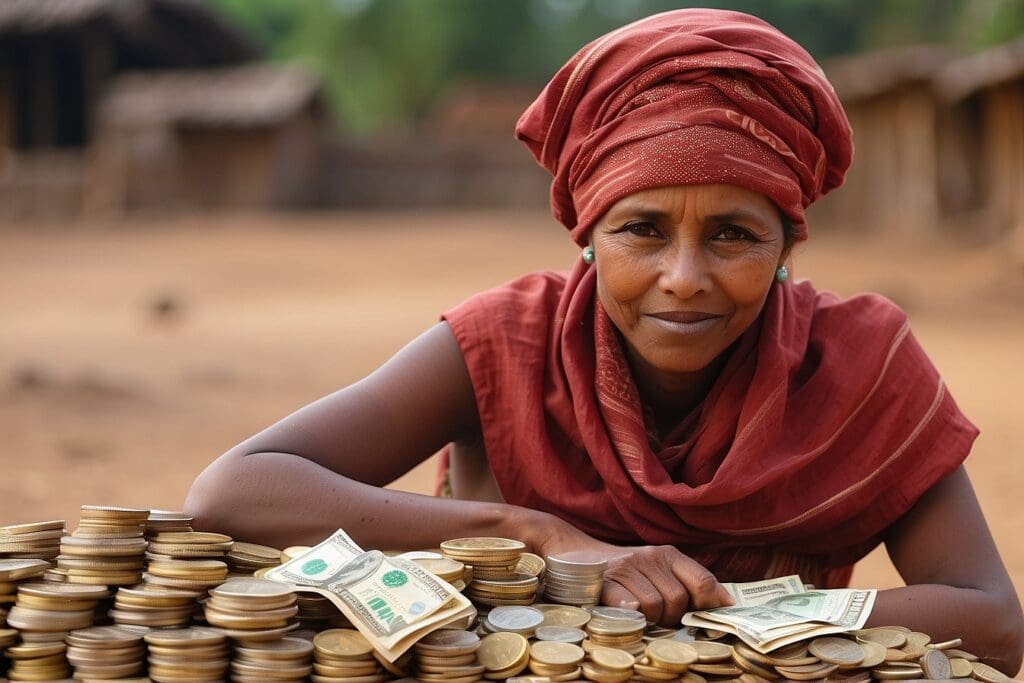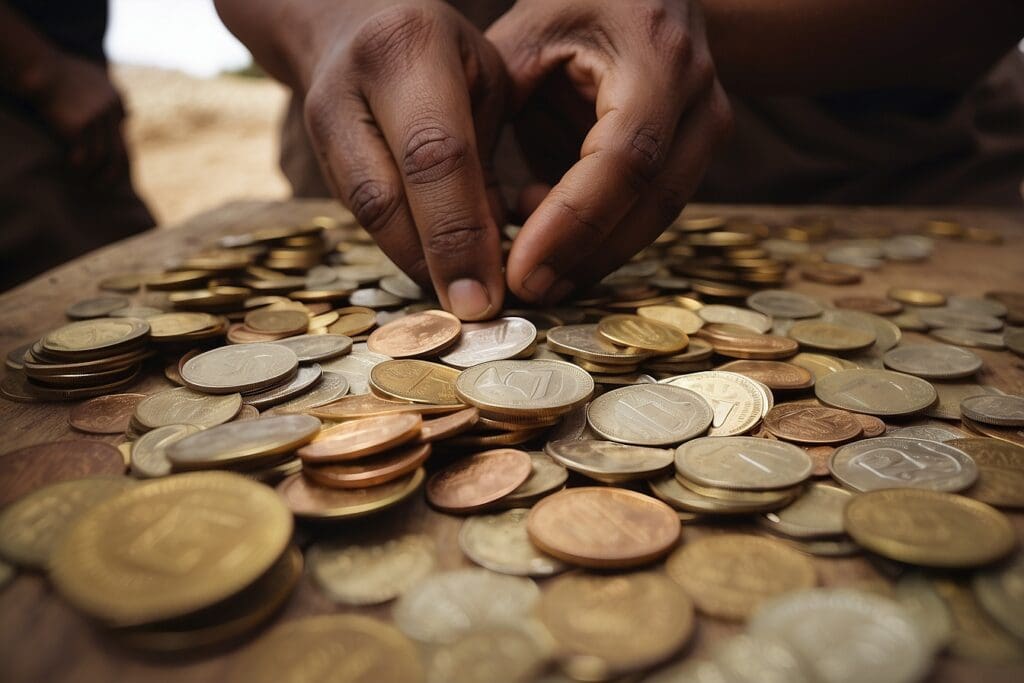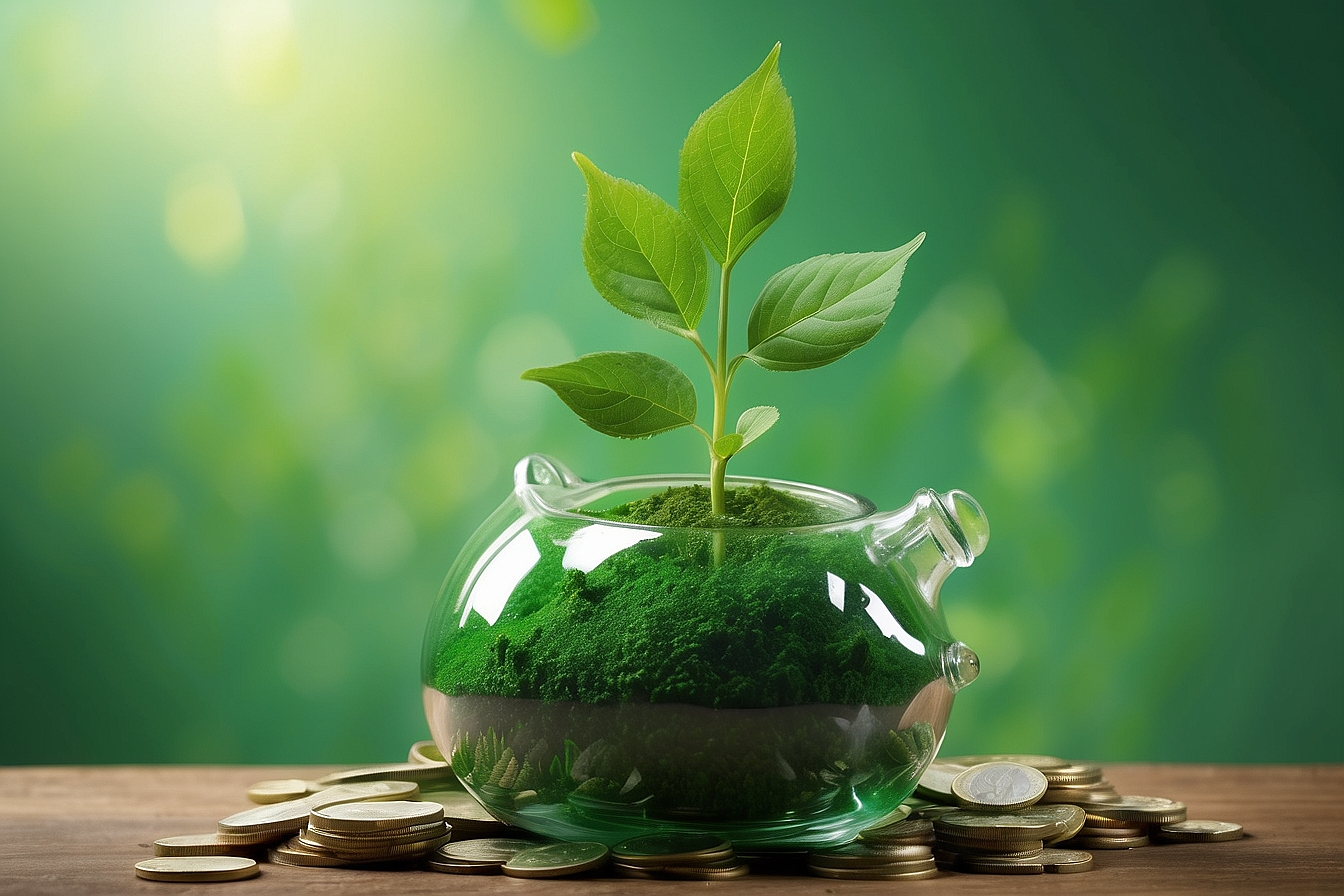Trading bread for briquettes—MFIs are a new type of charity. Just because the holidays are over doesn’t mean you have to give up on giving. While supporting traditional environmental charities is a wonderful way to make a difference, you might also want to consider giving to eco-oriented microfinance institutions (MFIs). An MFI differs from a traditional aid program in that it lends, rather than donates, money at a low interest rate, which allows people to invest in small scale entrepreneurial projects of their own choosing.
For example, instead of providing food, shelter, or clothing, an MFI might provide what is known as a ‘micro-loan’ to an impoverished villager, who then uses it to buy a chicken. Using income generated from selling that chicken’s eggs, the villager will gradually pay back the loan and, eventually, go on to make subsequent investments, perhaps in a second chicken, using what is now their own money. The goal is that, after repaying the loan, the villager will be economically self-sufficient (freed from dependence on money lenders with exorbitant interest rates) and own a flourishing small business venture. Two companies, Grameen Shatki and The Legacy Foundation, are showing how this process can be applied to sustainable enterprises in the developing world. By doing this, these MFIs are lifting people out of poverty and providing concrete, lasting benefits to the environment.
During the 1974 Bangladesh famine, Professor Muhammad Yunus, Head of the Rural Economics Program at the University of Chittagong, began to challenge assumptions about lending money to the rural poor. Conventional wisdom held that it was unwise to lend to them, as they were unable to provide collateral and were not seen as credit worthy in general. What Professor Yunus demonstrated is that, if given the chance, the poor will lift themselves out of poverty1 and repay loans. Today, Professor Yunus’ Grameen Bank has a default rate of less than 2%. Awarded the Nobel Peace Price in 1996, Professor Yunus has gone on to fund nearly 20 companies,2 all of which are based on participation, creativity, and, most importantly, mutual trust and accountability.3
In the 1990s, some MFIs adapted Yunus’ process of micro-lending with the additional element of sustainability. The goal was to benefit the environment along with the rural poor. This premise is best summed up by the scholar Andy Possner: “The nature of 21st century environmental problems—climate change, deforestation, the geopolitics of oil, etc.—is such that they can no longer be separated from social problems such as poverty, malnutrition and war.”4
From Bangladesh to Haiti, eco-oriented MFIs are operating using this principle and bringing energy to some of the two billion people at the bottom of the pyramid who need it most. At the same time, they are making great contributions to the environment. Two projects, Grameen Shatki’s Solar PV Program and The Legacy Foundation’s distribution of biomass briquettes, stand out as excellent examples of how to simultaneously address social and environmental challenges.
Grameen Shatki is a branch of Yunus’ Grameen Bank whose mission is to “empower the rural people [of Bangladesh] with access to Green Energy and income.”5 Its Solar PV Program provides Solar Home Systems (SHS) to rural Bangladeshis who are unlikely to get connected to the grid within the next five to ten years.6 These SHS consist of photovoltaic panels that harness the sun’s energy and use it to run the day-to-day operations of households, shops, and fishing boats.7 How do rural Bangladeshis, most of whom are subsistence farmers and fishermen, afford such innovative technology? Through something called a micro-utility model. Under this model, one entrepreneur will install a system using his own money. He then shares excess energy with some of his neighbors, and by collecting rent is able to cover more than 50% of the installment cost, which he makes in payments back to Grameen Shatki.7 Other utility companies such as Solar City, Sun Edison, and Sun Run have come up with a payment plan in which they pay 100% of the up-front cost of installing solar photovoltaics (PVs). They then recoup their costs by the savings on the participant’s energy bill or by selling the extra energy.9

Unfortunately, Grameen Shatki operates only in Bangladesh, and for the moment, wind and solar technologies remain too expensive for most developing countries to harness without the help of government subsidies or NGOs.10 So instead of going solar, most of the world’s rural poor are left to spend their time gathering firewood to cook food, heat themselves, and make charcoal.11 As the developed world shifts to more sustainable fuels, 2 billion of the world’s poorest continue to rely on wood as a base fuel. Clearcutting forests out of sheer necessity, they are largely responsible for 2.5 to 3 percent of the world’s forest disappearing each year.12 (For more on clearcutting: http://www.wordpress-837916-4114959.cloudwaysapps.com/GreeniacsArticles/Clearcutting.html).
The Legacy Foundation, an MFI whose mission is to “promote sustainable human development and preserve our environment through the integration of technology innovation, media, and management,”13 says, “No solar? No problem.” Responding to unsustainable logging, they introduced biomass briquette presses to several developing nations. A biomass briquette is a block of flammable matter that is used to start fires in place of wood or charcoal. It is a more sustainable alternative to wood burning for two reasons: 1) it emits less carbon, and 2) it is made from waste materials such as leaf clippings and excess construction material that would otherwise go straight to the landfill.14
Here the process is demonstrated.Making a briquette is simple: one collects “waste,” adds water, smashes it to create a paste, and then uses a press to compact the mulch, giving them a briquette in time for dinner. Not only are briquettes an environmentally friendly source of fuel, but they can be sold for profit as well. The Legacy Foundation has trained communities in briquette-making in Malawi, Kenya, Peru, Haiti, and even the USA, and according to their website, producers have been able to increase their income by 20%.15
By combining social and environmental responsibility with an innovative loan system, these MFIs are doing some of the most exciting charity work in the world today and are poised for immense growth in the coming decade. Perhaps those in the developed world can learn a lesson here: social and environmental problems often demand the same solutions, thus a society full of green entrepreneurs might also be a more economically and politically stable society.



